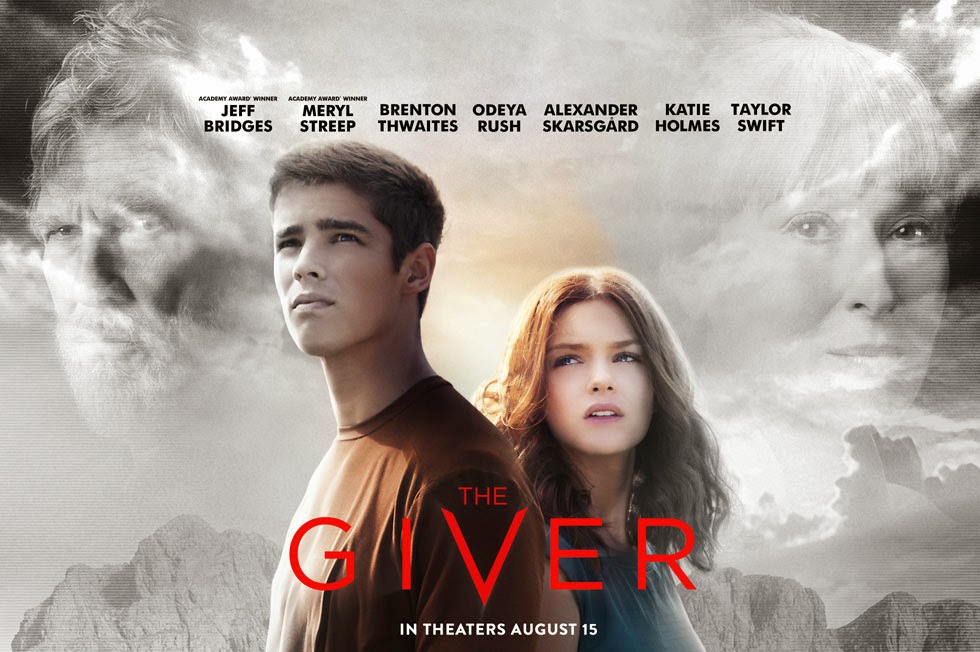After the awards buzz and accolades
that surrounded the 2013's cinematic adaptation of “Les
Miserables,” it was only natural that another well regarded
Broadway production would make it's way into the next year's crop of
holiday releases. Disney's reworking of Stephen Sondheim and James
Lapine's “Into the Woods” is a gleefully traditional musical
comedy full of big stars doing big hammy performances, and it's camera-winking dorkiness is probably the most endearing thing about
it. Though director Rob Marshall ("Chicago," "Nine") uses his mouse-house
money to fully realize the fantasy world in which these intertwining
stories take place, on some level, the movie still operates like a
high-budget, high school musical staring the most popular jocks and
cheerleaders of Hollywood, and within that tonal imagining there's
definitely a charm to be had, but the film never quite makes the
impact that the cast or the budget would suggest.
In an extended overture we are
introduced to this fairy tale mash-up world where in the same village
lives Little Red Riding Hood (Lilla Crawford) and the Big Bad Wolf
(Johnny Depp), Cinderella (Anna Kendrick) and Prince Charming (Chris
Pine), Rapunzel (Mackenzie Mauzy), and Jack of the beanstalk fame
(Daniell Huddleston). In the background while these stories
play themselves out more or less like we have seen before, the
primary plot focuses on baker and his wife played by James Cordon and
Emily Blunt, who desperately want to have a child and who find themselves
manipulated by a witch (Meryl Streep). Together they orchestrate all of these
tales in such a way that they can obtain the items they need to
perform a fertility spell. It's all very convoluted and for the most
part incidental when giving in to the mindless joy of watching our
favorite Grim's fairy tales unfold this ironic, post-modern context. Later, when the second half kicks into gear and adds a 'be careful what
you wish for' twist to every premature happy ending, the movie oddly
runs out of creative juice and the amicable tone of the first half of
the film is replaced with ponderous and severely unearned character
dilemmas.
The cast is obviously having fun here
and are given license to fully send-up the cliches attached to their
stories and their character's. Chris Pine's turn as the egomaniac
Prince Charming and Streep, who's doing her best Margaret Hamilton
impersonation, keep things lively and funny. Blunt and Cordon also do
a fine enough job working as the glue that keeps these dispirit plots
from overwhelming the spinal narrative, but it's Marshall's
lackluster visual design and directorial blandness that chains this
movie to the floor and keeps it from fully taking flight. Much of
this production is lit in muted blues and grays and creates for a dreary, damp looking post-Burton conceptual expression that doesn't reflect
the buoyancy of the performances or Sondheim's varied musical numbers. Many
scenes are shot in traditional coverage, composed mostly of simple
masters, close-ups and over the shoulder shots, without hardly any
swooping cranes, impressive single-takes or even occasional grandiose
establishing shots that would open up the frame, resulting in musical set-pieces that feel small and televisual.
Far less melodramatic or irritating as last-year's overlong “Les Miz”, and with sing-along musical sequences that are more confidently and skillfully performed, recorded and mixed, “Into the Woods” is a benign, if somewhat banal, movie going experience. Family's who're looking to escape the polar-vortex and/or the discomfort of having to talk to each other will most likely enjoy the majority what they see here, even if by the last thirty minutes they might be thinking more about their holiday dinner leftovers than how the movie will be resolved.
Far less melodramatic or irritating as last-year's overlong “Les Miz”, and with sing-along musical sequences that are more confidently and skillfully performed, recorded and mixed, “Into the Woods” is a benign, if somewhat banal, movie going experience. Family's who're looking to escape the polar-vortex and/or the discomfort of having to talk to each other will most likely enjoy the majority what they see here, even if by the last thirty minutes they might be thinking more about their holiday dinner leftovers than how the movie will be resolved.
Grade: C+
Originally published in the Idaho State Journal/Jan-2015

